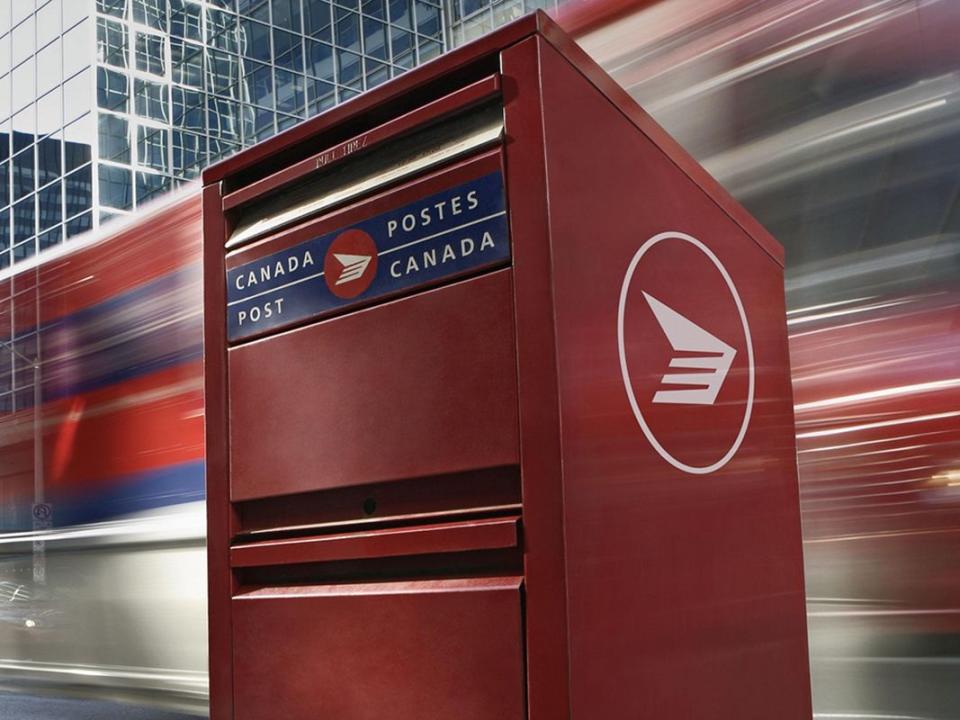William Watson: The state has no place building the bedrooms of the nation

“From the people who brought you the post office …” used to be the classic conservative way of suggesting government bureaucracies aren’t likely to deliver services very well. In this country, through the 1960s and ’70s, when the post office wasn’t busy losing mail, it was on strike.
Despite much recent evidence that our own big federal bureaucracy is not good at delivering services — correct and timely tax advice, armed forces that are actually armed, apps for getting back into Canada, even passports — it now wants to deliver housing for all Canadians. And one way it plans to do that is with post office space that Canada Post apparently doesn’t need. This thinking outside the box (and the mailbag and the Purolator van) raises a few questions, doesn’t it?
Some Japanese hotels offer overnight guests narrow sleeping spaces that aren’t much bigger than the wooden slots that in old-time movies postmasters with green eyeshades and sleeve garters used to toss the mail into. Ottawa apparently has more generous accommodations in mind. In a classic demonstration of the micro-management our national government still doesn’t understand it is no good at and should not attempt, its budget lists the addresses of post office properties that will soon be getting R&R (renovation and re-purposing).
Three are in Quebec, two in British Columbia, one in Alberta. The nearest to me is at 4 rue du Centre Commercial in Roxboro, Que. On Google Streetview it looks like it might be a handyman’s delight, which is also to say a federal contractor’s delight, given what Ottawa typically pays for renovations. Repair of the House of Commons is budgeted for more than $1 billion and seems certain to go way over. Redoing 24 Sussex would cost so much at federal rates and standards that people now figure we should just tear it down.
One reason we haven’t heard much about the post office lately, apart from the fact that nobody mails anything anymore, is that it was turned into a Crown corporation. Which makes you wonder how the minister of finance can just step in and decide that many of its properties — for the six listed are “just the start,” her budget tells us — now need to start housing people rather than processing packages, letters and all those advertising flyers Canadians so look forward to recycling.
There’s also the question of whether an organization that has unused properties lying around is really the entity we want in charge of finding every Canadian a place to live. That applies as much to the government proper as to Canada Post, for the budget also lists five federal government properties (two in Alberta, two in Ontario, one in Quebec) that will soon be turned into 800 housing units. No drawings or swatches are available yet but the new minister of diverse interior design has established a task force. (No, just kidding on that, but I’m guessing not by much.)
The budget further informs us the government “has over six million square metres of office space, of which an estimated 50 per cent is underused or entirely vacant.” Fifty per cent! “This is not an effective use of resources,” it says, in perfect deadpan. It’s good that the government recognizes it is sitting on way too much space. But we should not allow an institution that has made such an over-investment in office space (even allowing for COVID effects) to work out the details of how Canadians house themselves.
Converting unused government lands and buildings to housing may well be a good idea. But we have a wonderful mechanism for figuring out how to turn all sorts of resources to cornucopias of creative uses. It’s called “a market economy.”
Governments that find themselves awash in properties they don’t need should put them up for sale. Private developers, whose avocation and expertise are to provide housing people will want to buy or rent, can then figure out the best, most efficient and lowest cost way of doing that — without need of, to pull just a few numbers from the budget, $20 million over five years to “scale-up” Public Services and Procurement Canada’s “centre of expertise on public lands,” $15 million over five years for a new “Public Land Bank and geo-spatial mapping tool,” $5 million to “overhaul Canada Lands Company,” $1.8 million over two years for a new “Public Lands Action Council Secretariat” to support a new Public Lands Action Council or, incredibly, “$500 million … to launch a new Public Lands Acquisition Fund, which will purchase land from other orders of government to help spur sustainable, mixed-market housing.”
That is correct: a government that owns too much land of its own will be acquiring more land. The list of busy-work and millions of dollars devoted to it goes on and on for page after depressing page.
For its own good, and for the good of us all, the Government of Canada should get out of the housing business, not deeper into it.
The budget says, on the contrary, that we need the biggest home-building effort since the Second World War — though I suspect it means since the early postwar years, the war itself being devoted to weapon-building. I grew up in a house built in 1953. Its $12,000 cost was financed by my parents saving up a $5,000 down payment. And it was built by a private developer whose name now adorns one of the neighbourhood streets. The Government of Canada may have provided insurance help. But it wasn’t raising roof beams.

 Yahoo Finance
Yahoo Finance 